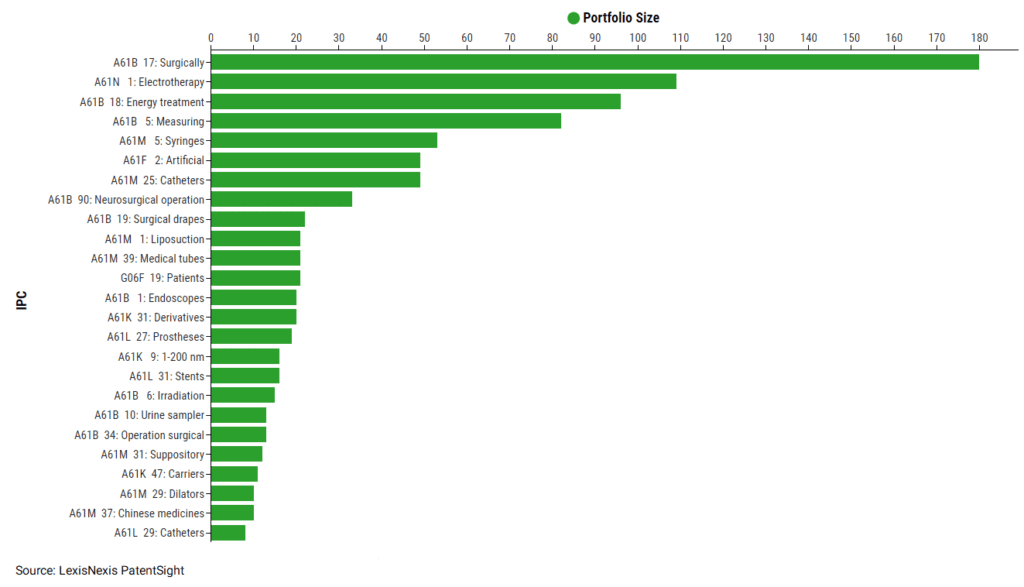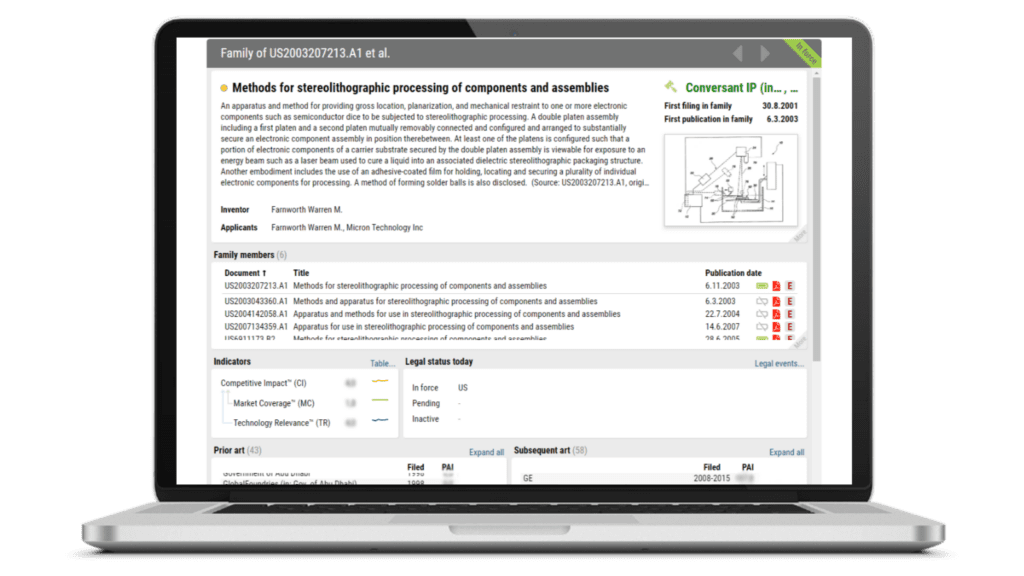
Strategically Manage and Optimize Your Patent Portfolio
Identify the strengths and weaknesses of your patent portfolio using sophisticated and industry-trusted LexisNexis® PatentSight+® patent analytics.

How strong is your patent portfolio?
Being able to determine your patent portfolio’s competitive strengths and weaknesses is key to understanding what strategies or actions will be necessary to stay ahead of the competition.
Working with accurate commercial ownership and legal status information, PatentSight+® allows a more in-depth analysis of any portfolio. Leveraging drill-down options and export features reveals opportunities to strengthen the portfolio around key technologies as well as patents of little or no value that can be divested.

Optimize your international filing and pruning strategy
Are you filing in the right countries? Are you pruning your portfolio effectively enough to keep costs down while not sacrificing licensing potential? Are you pruning the right patents? With PatentSight+, you can confidently manage and make informed IP decisions.

Are you spending too much on maintaining your patent portfolio?
After a certain amount of time, patents with no citations may no longer be technologically relevant. Identify technology areas where non-relevant patents are active and quickly identify patents that could be pruning candidates.
Look at the annuity fees and find out how much these patents will cost you if you maintain them until the end of their lifetime.
At the bottom of the graph: Patents with the lowest number of citations in the
last 10 years.
Uncover cost savings in your portfolio
PatentSight+ annuity fees help you to gain transparency about the costs your company is facing and enable you to make better-informed business decisions.
Unlock the true value of your portfolio
Learn how to profit from sound patent analysis.

We would love to get to know you and show you some invaluable insights into the IP landscape. We can:
- Talk about your current priorities in IP analytics
- Give you an external view on your portfolio
- Show you how others see you and survey other market players from a new perspective
Submit the form, and we’ll be in touch.

Want to better understand China’s increasing dominance across the Engineering industry?
Download our Engineering intellectual property report, where data reveals clear trends about the future of Engineering and how international players are reacting to the growing Chinese influence.
Get insights into different Engineering sectors, including Aviation, Energy, Manufacturing Equipment, Railway and Ship Building, Civil Engineering, and more.






